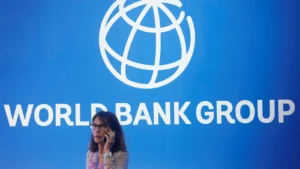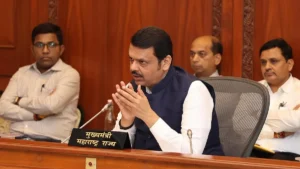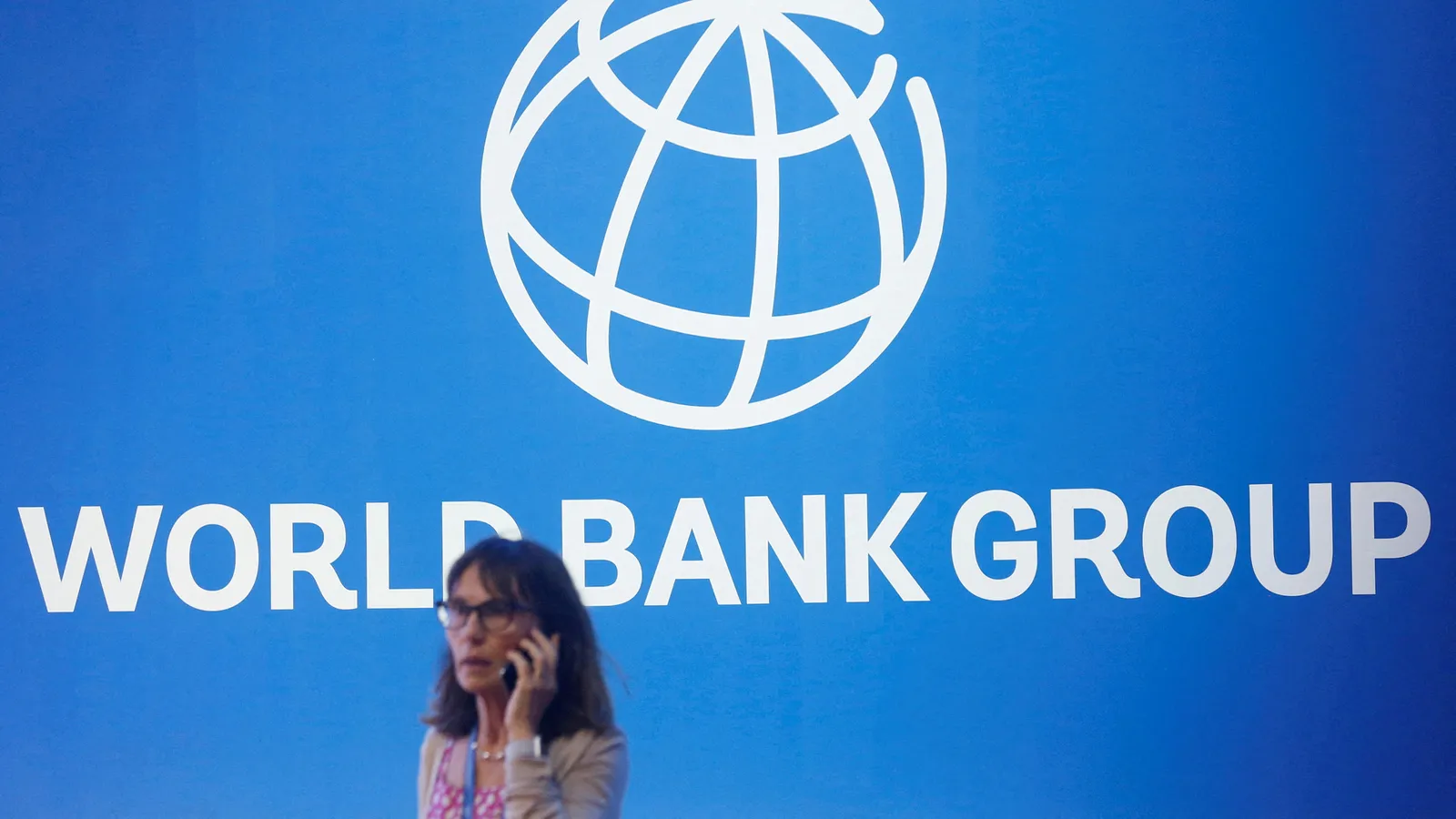India has taken tremendous strides forward in its clean energy sector, with the significant landmark of crossing 200 gigawatts (GW) in installed renewable energy capacity. As barren lands turn into vast solar farms and windmills line the coastlines, the country is solidifying its position as a key player in the global shift towards clean energy.
India will more than double its investments by 2025, projected at a commendable USD 32 billion. This is to further push its energy mix towards more sustainable sources.
India’s journey towards renewable energy has seen exponential growth, and the year 2024 would prove to be a remarkable one for the country. India will lead the list of countries adding annual renewable capacity by outpacing China, among other large economies. The country’s installed capacity will reach 205 GW by the end of 2024 and aims at an ambitious goal of 500 GW by 2030.
Union Minister for New and Renewable Energy, Pralhad Joshi highlighted the fact that only in 2024, India has seen a quantum jump of adding altogether 24.72 GW of renewable energy as against 11.83 GW seen in the comparable period last year. This has been comprised of 20.85 GW from solar power, 3.22 GW from wind power, and additions from other sources like bio power, small hydro power and large hydro power.
Joshi also added that the annual renewable energy target of India is 50 GW, which will require around USD 32.35 billion in investments. The country added 1.23 GW of renewable capacity in December 2023 alone, bringing the total capacity added in 2023 to 13.06 GW. As India pays equal attention to the growth in both domestic and international markets, it is very much on track to reach its targets by 2030.
Green Hydrogen: A Step Forward
As part of its overall decarbonization efforts, India is focusing on green hydrogen production. Green hydrogen is considered a cleaner alternative to traditional hydrogen produced from fossil fuels and is key to the country’s energy transition.
Minister Joshi discussed challenges, including the development of policies to reduce the cost of green hydrogen and the push for states and union territories to implement Green Hydrogen Policies.
Looking at the standardized regulation of production, storage, transportation, and applications of hydrogen across industries in aviation and railways. It promises to be one of the most significant developments – by 2025, it is estimated that green hydrogen production capacity will be added to India’s book, to the tune of 7.80 lakh metric tons per annum.
For instance, in 2024, the government granted funding for three pilot projects in the steel sector that involve using hydrogen. These are to propel further innovation and efficiency in sectors that have previously proven difficult to decarbonize. The government further committed to setting up a Centre of Excellence for focused research on green hydrogen by 2025. India thus reiterates its firm commitment to pushing the green hydrogen sector forward.
Future Of Clean Energy
Apart from renewable energy generation, the role of battery storage would be imperative for India’s clean energy transformation. Debi Prasad Dash, President of the India Energy Storage Alliance, underlined the significance of energy storage to meet India’s clean energy targets. India is projected to need approximately 250 gigawatt-hours of battery storage by 2032. This calls for accelerated project awarding and firming up of a supply chain.
Dash emphasized the need for a single-window clearance mechanism for transmission infrastructure and stressed the importance of securing qualified partners for these critical energy projects. To support this ambitious vision, the Indian government is focused on accelerating project development and commissioning timelines.
India’s clean energy industry is ready for further growth as it continues to take meaningful decarbonization steps. Given the significant investments in renewable energy and green hydrogen, India is not only leading the way towards its goals for 2030 but also playing a pivotal role on the world stage for the fight against climate change.
ALSO READ | Viral Video: Motorcyclist Dragged by SUV in Sambhal; Dies During Treatment






















